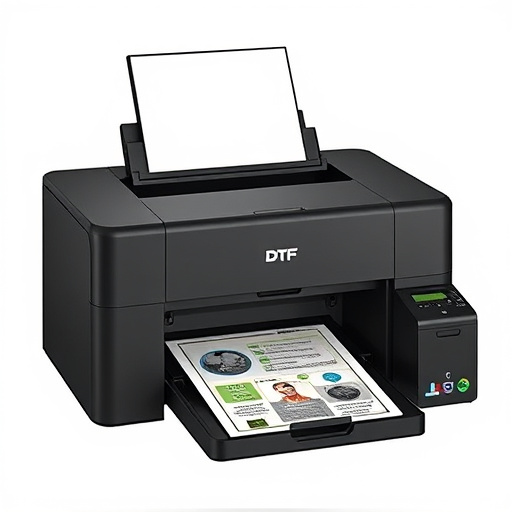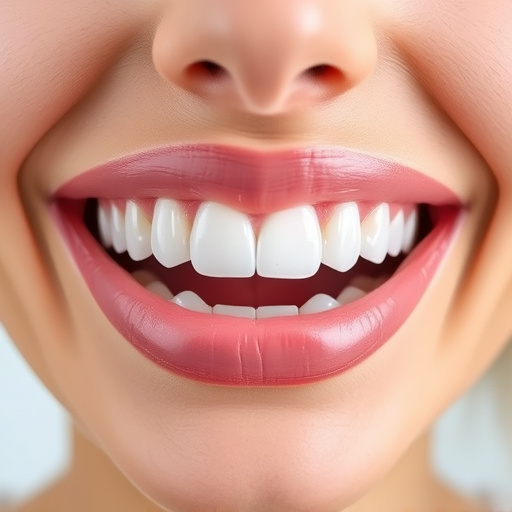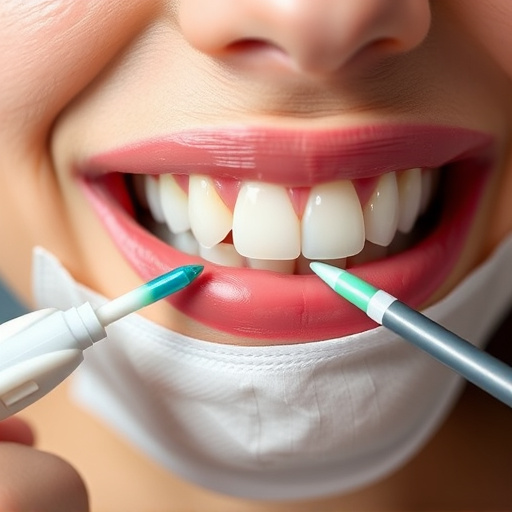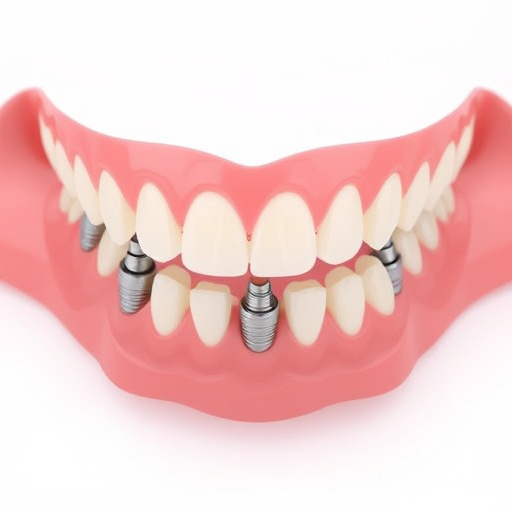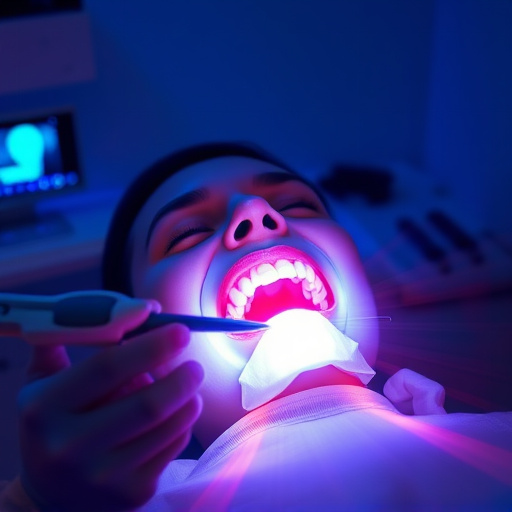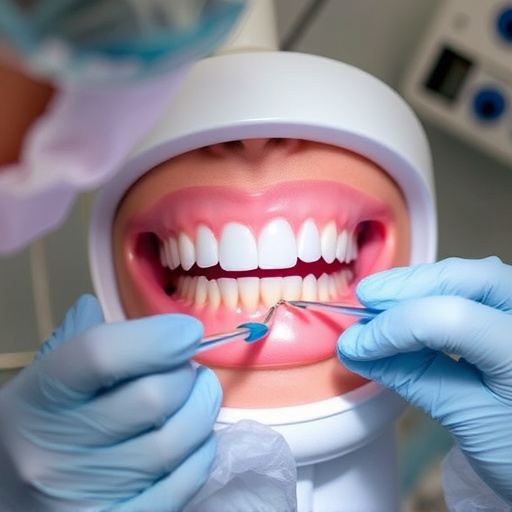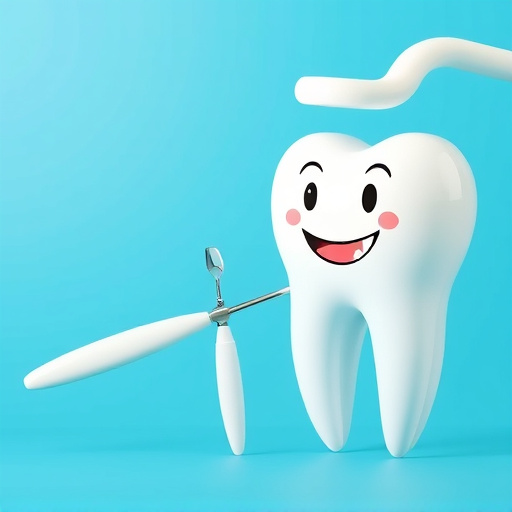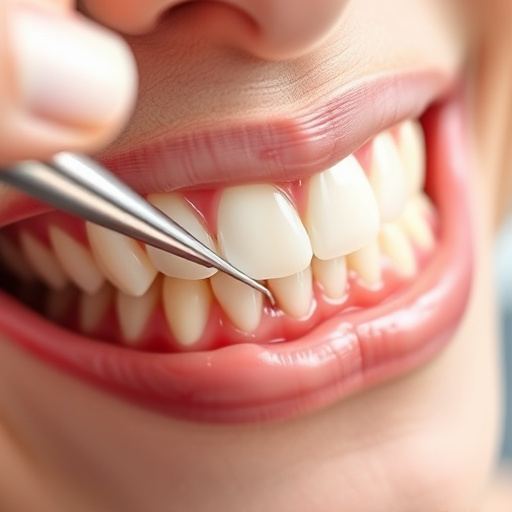Minimally Invasive Dentistry (MID) is a modern dental approach that prioritizes preserving natural tooth structure and promotes overall well-being for children and seniors. By using advanced technologies and techniques like micro-drilling, MID offers reduced discomfort, faster recovery times, and improved prevention strategies. This method benefits both young patients with less invasive procedures and elderly individuals by avoiding drastic measures such as implants. MID's emphasis on preventative care and durable materials makes it a practical choice for various dentistry needs across all ages.
Minimally invasive dentistry (MID) is transforming dental care, offering safer and more comfortable options for patients of all ages. This innovative approach focuses on preserving tooth structure while treating various oral health issues. In this article, we explore MID techniques, highlighting their benefits for both children and seniors. We’ll discuss how choosing MID can empower patients to take control of their dental health, ensuring a brighter, healthier smile for life.
- Understanding Minimally Invasive Dentistry Techniques
- Benefits for Children and Seniors
- Choosing the Right Dental Care Approach
Understanding Minimally Invasive Dentistry Techniques
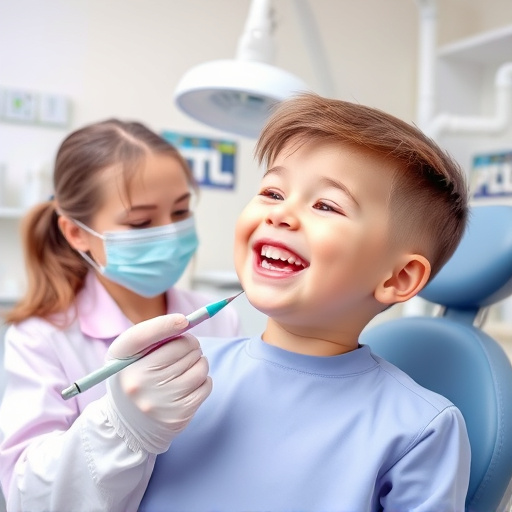
Minimally invasive dentistry (MID) is a revolutionary approach that focuses on preserving as much natural tooth structure as possible while providing effective dental treatments. This method goes beyond traditional restorative dentistry by prioritizing prevention and minimizing tissue trauma. By employing advanced technologies and techniques, MID offers a range of benefits, especially for children and seniors.
In the realm of dental care, MID encompasses various procedures such as micro-drilling for placing dental fillings, which requires smaller access holes compared to conventional methods. This approach not only reduces discomfort but also speeds up recovery. Additionally, MID promotes preventive dentistry by focusing on early intervention and education, ensuring that patients understand the importance of maintaining oral health. As a result, it contributes to improved overall well-being for both young and elderly individuals.
Benefits for Children and Seniors

Children and seniors can both benefit greatly from minimally invasive dentistry, a modern approach that prioritizes preserving healthy tooth structure over aggressive treatments. For children, this means fewer injections, less drilling, and reduced anxiety associated with dental procedures. It also promotes better oral health in the long term by encouraging proper oral hygiene and preventing unnecessary damage.
For seniors, minimally invasive dentistry offers solutions for common age-related dental issues like decay and gum disease without the need for drastic measures such as dental implants or extensive tooth repair. This approach allows them to maintain their natural teeth, preserve facial structure, and enjoy comprehensive dental care that aligns with their overall health and well-being.
Choosing the Right Dental Care Approach

Choosing the right dental care approach is paramount for maintaining optimal oral health, especially for children and seniors who may have unique needs. Minimally invasive dentistry (MID) stands out as a modern, effective method that prioritizes preserving healthy tooth structure over aggressive treatments. Unlike traditional general dentistry practices that often rely on extensive drilling and removal of healthy enamel, MID focuses on using advanced techniques to repair teeth with minimal disruption.
This conservative approach is particularly beneficial for seniors who may have multiple dental issues but wish to avoid extensive procedures. Similarly, children can benefit from MID when it comes to treating cavities or minor malocclusions, ensuring their smiles remain intact while promoting long-term oral health. Moreover, MID’s emphasis on preventative care and the use of modern materials like dental fillings designed for longevity make it a practical choice for both general dentistry and cosmetic dentistry needs, catering to all ages and concerns.
Minimally invasive dentistry (MID) offers a promising approach to oral care, catering to the diverse needs of both children and seniors. By employing advanced techniques that prioritize preservation, MID ensures minimal trauma and discomfort during procedures. For children, this translates to less anxiety-inducing experiences, while seniors benefit from preserving their natural tooth structure and overall oral health. When choosing dental care, opting for MID can lead to more efficient, cost-effective, and comfortable treatments, making it a versatile solution for all age groups.
